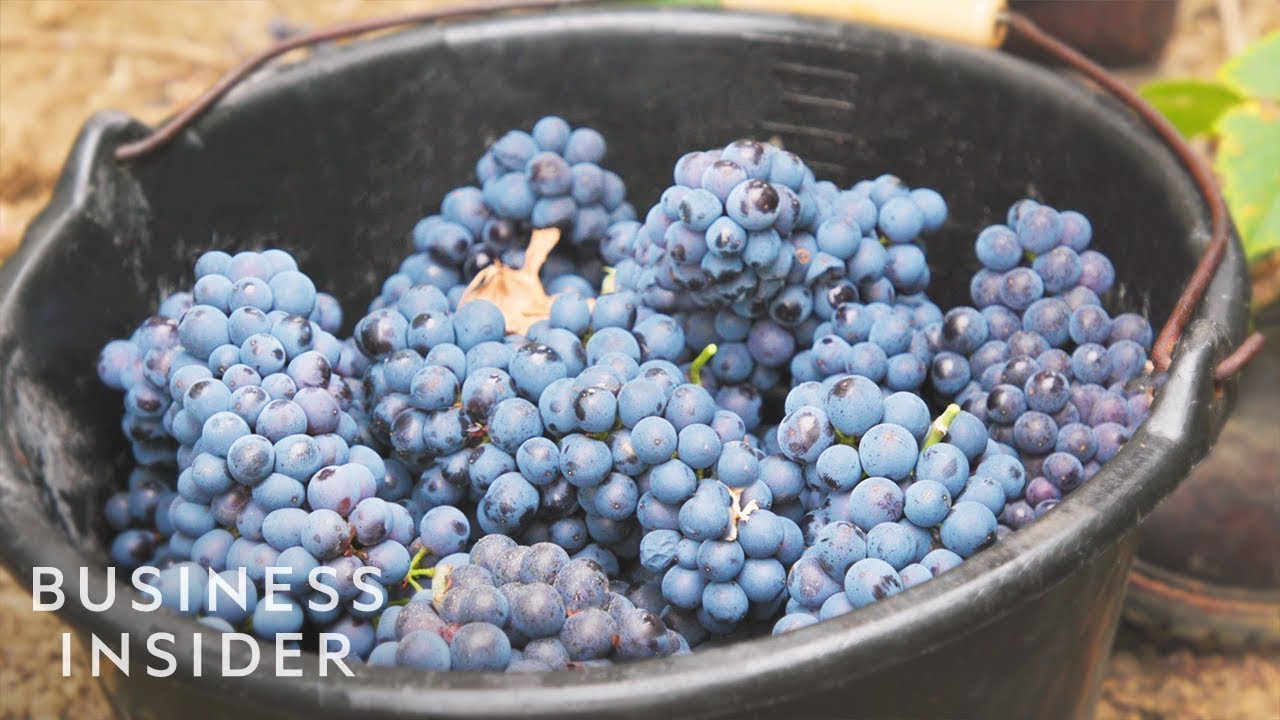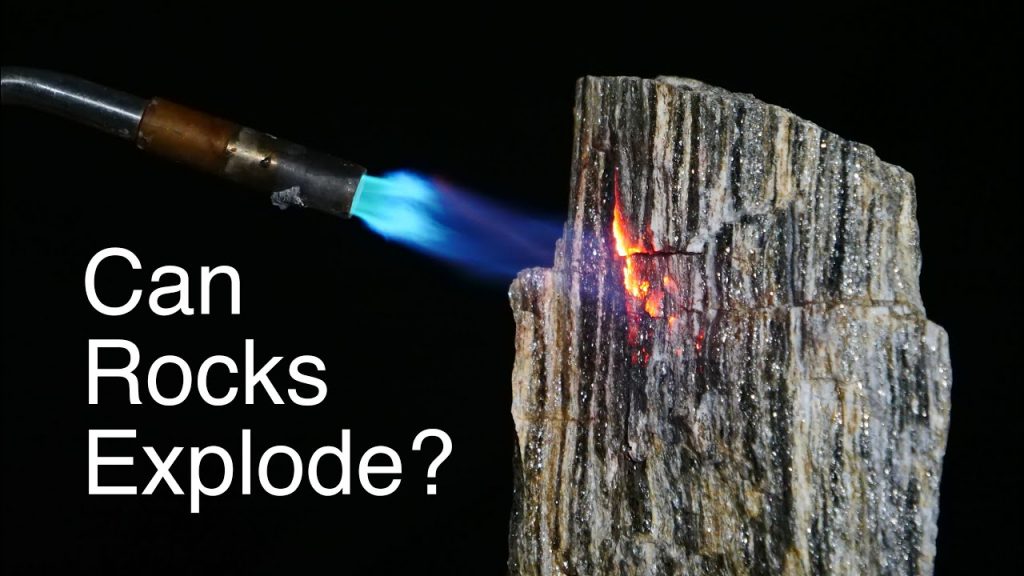Why Real Champagne Is So Expensive?

Champagne is only true champagne if it’s made in the Champagne region of northern France.
All other sparkling wines made outside of this region, even those from neighboring parts of France, must be labeled differently. Champagne often costs double the price of other sparkling wines, such as prosecco or cava. A decent-quality bottle of it can cost you anywhere from $50 to $300, and vintage bottles often sell for thousands.
How is packaging and transportation unique for champagne compared to other wines?
When it comes to sparkling wines, champagne is the crème de la crème. With its distinct taste, luxurious aura, and iconic reputation, champagne has become synonymous with wealth and extravagance. But the allure of champagne comes with a hefty price tag. So, what makes real champagne so expensive?
First and foremost, champagne is a protected designation of origin (PDO) product, which means that it can only come from the Champagne region in France. This strict geographical limitation means that the production and distribution of champagne is controlled and regulated by the French government. As a result, the production process is heavily monitored and controlled to ensure that only the highest quality of champagne is produced. Thus, the price of champagne is high due to its exclusivity.
Furthermore, the champagne production process is labor-intensive and time-consuming. Champagne can only be made using a blend of specific grape varietals, including Chardonnay, Pinot Noir, and Pinot Meunier, which are grown in the Champagne region. These grapes are harvested by hand, which is a time-consuming and costly process. Additionally, only the first press of the grapes can be used to make champagne, which yields a much lower volume of juice than subsequent presses. This means that a large quantity of grapes is required to produce a relatively small quantity of champagne.
After the grapes are harvested, the wine is then fermented twice and aged for a minimum of 15 months, but can be aged for several years for higher quality champagne. During this time, the champagne undergoes various stages of fermentation that require ample attention, such as riddling, disgorging, and dosage, which are all essential to ensuring that the champagne has a consistent flavor, texture, and aroma.
Packaging and transportation also contribute to the cost of champagne. The champagne must be packaged in a specific bottle shape to maintain its iconic appearance, which is quite different from other wines. The bottles are typically made from thicker glass and have a custom design that adds to the overall cost. Additionally, champagne producers have to maintain temperature control throughout the supply chain to ensure that the wine maintains its quality, which can be expensive.
Lastly, champagne is a symbol of luxury and exclusivity. Its high price is due in part to its reputation as a status symbol, making it a desirable item for people to purchase for special occasions, celebrations, and gifting. In this way, the champagne industry has been able to maintain its high prices due to its brand recognition and marketing efforts.
In conclusion, the cost of real champagne is a result of various factors, including the strict regulations on production, labor-intensive and time-consuming processes, exclusive grape varietals, packaging and transportation costs, and its reputation as a symbol of luxury. So the next time you pop open a bottle of champagne, remember that you are indulging in a meticulously crafted luxury product, which is not only a reflection of a region in France but also of long-standing tradition and craftsmanship.









Searching The Maya Underworld
How to Grow Potatoes in Buckets: Planting Techniques!
Over the Shoulder F-16 Demo Cockpit Footage Myrtle Beach Airshow
Crazy – Gnarls Barkley – On The Street Funk cover feat. Dannielle DeAndrea!
Snowmobile Camper with Off Grid Heater- Surviving the Night in -18C / 0F Temperature!